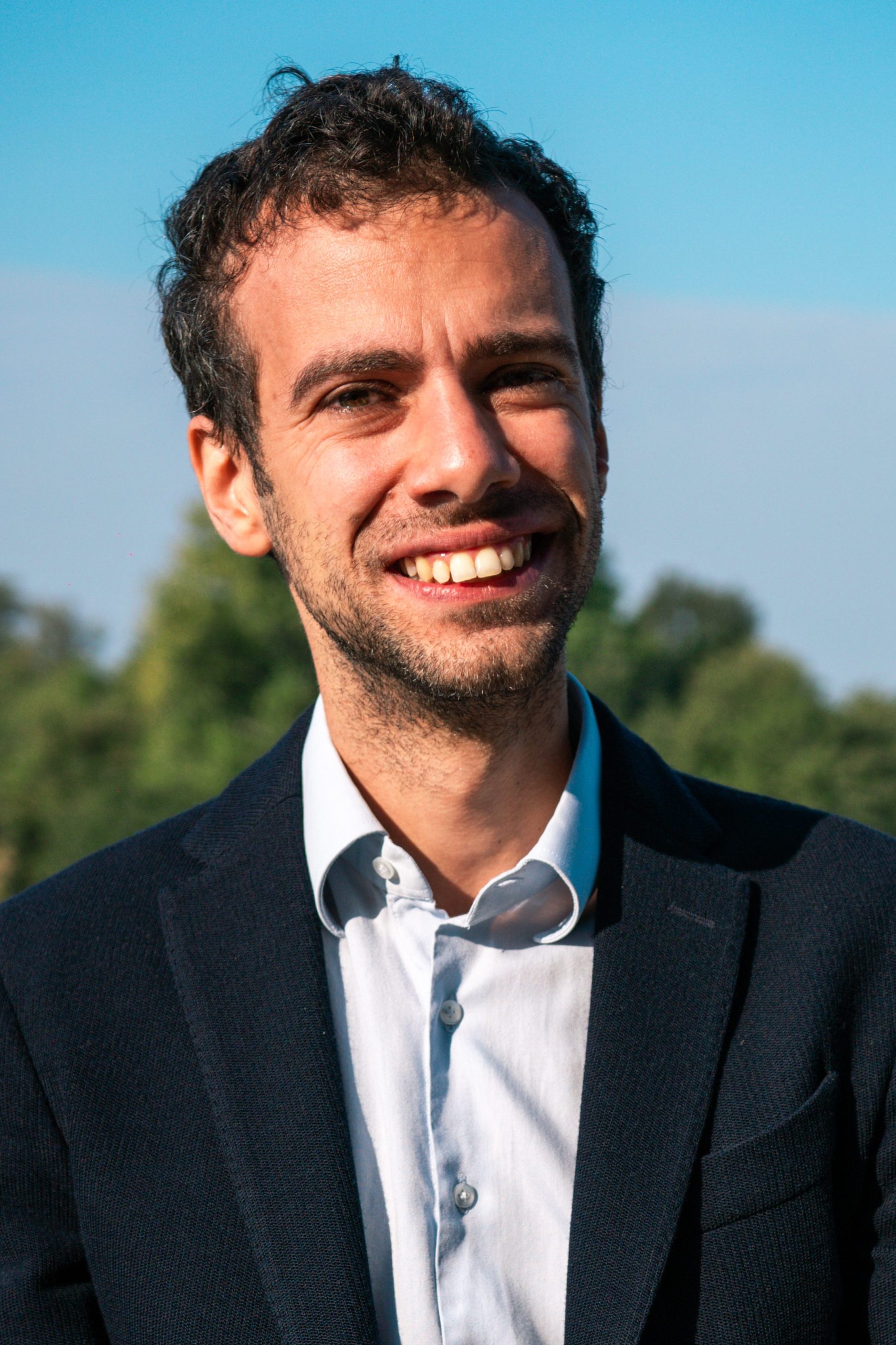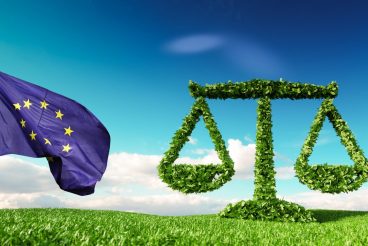
You probably know that biodiversity loss on our planet is a crisis. Unfortunately, most people’s awareness of the issue stops there.
Indeed, contextualising our planet’s biodiversity loss is more important than ever before, especially at a corporate level where we need urgent action to be taken. In a recent Q&A, we sat with Simone Mazzola, COO at 3Bee, a NatureTech company dedicated to monitoring and regenerating biodiversity through technology, to discuss the current state of global biodiversity loss, just how serious it is, why it is so important to monitor, and what we, collectively, desperately need to do to reverse it.
The planet is experiencing the worst coral-reef bleaching on record. It’s one critical aspect of a bigger problem. Set the scene for us: How comprehensive is the loss of biodiversity, its extent, locations, and outlook for the future given the current rates of loss?
Coral reefs are crucial for marine biodiversity. Unfortunately, as you touch on, they are currently suffering from the worst bleaching on record due to rising sea temperatures and ocean acidification. In Europe, terrestrial biodiversity faces significant threats as well, with many species declining at an alarming rate due to habitat loss, pollution and climate change.
For the old continent, biodiversity loss is a growing issue. Mediterranean ecosystems, for instance, are experiencing severe impacts from urban expansion and intensive agriculture, while changes in land use in Central and Eastern Europe are rapidly diminishing habitats for native wildlife. The Global Assessment Report on Biodiversity and Ecosystem Services by (the UN-affiliated Intergovernmental Science-Policy Platform on Biodiversity and Ecosystem Services) IPBES makes an alarming forecast that should worry us all: if significant intervention does not occur, around one million animal and plant species are likely to be at risk of extinction within the coming decades.
All in all, setting the scene is pretty straightforward both globally and in Europe — but I’ll keep it local for now: If we don’t act soon, the survival of both local and migratory species across the continent is at risk. All of this highlights a critical need for robust conservation efforts to preserve ecological balance.
Why should we care if biodiversity is diminished? What’s the loss represent in human, economic and social terms?

Biodiversity is crucial for sustaining ecosystem services that support our survival and well-being — think pollination, water purification, and soil fertility. These services are integral to industries like agriculture, which rely on healthy ecosystems for productivity and resilience against climate change.
Economically, the value of these ecosystem services is immense. Ecosystem services globally are estimated to be worth as much as $125-140 trillion annually according to the European Investment Bank. For example, pollinators contribute an estimated $235 billion to $577 billion annually to global food production. On a social level, biodiversity supports activities that enrich cultural life and offer recreation, while also providing natural defences against environmental hazards such as floods.
Losing biodiversity means weakening the ecosystems that provide these services, thereby threatening economic stability and reducing our capacity to adapt to environmental changes. It’s a loss that affects not just the environment, but also has profound economic and social implications.
What’s the role of technology in restoring biodiversity and/or diminishing its loss? In which sectors specifically is it having the biggest measurable impact and can you detail a bit the key ways it is helping, sector by sector?
Technology serves as a critical tool in the fight against biodiversity loss, primarily through its ability to monitor environments and analyse data, which enables targeted conservation actions. Here’s how it’s applied across different sectors:
- Agriculture: technology facilitates the monitoring of soil health, water usage, and crop conditions, providing data that helps farmers implement more sustainable and precise agricultural practices.
- Urban and Real Estate: in urban settings, technology is used to assess green space distribution and the impact of buildings on local ecosystems, guiding the development of more biodiversity-friendly urban planning.
- Infrastructure: monitoring technologies help assess the environmental impact of existing and planned infrastructure, ensuring that projects can be adjusted to minimise their ecological footprint and integrate biodiversity considerations effectively.
- Energy: technology in the energy sector enables the strategic planning of renewable energy installations, such as solar, wind, and biogas, ensuring they are designed with minimal impact on local ecosystems. Data gathered from these sites can guide further biodiversity enhancement measures.
In each sector, technology not only helps us understand the current state of biodiversity but also guides decisionmaking for its restoration and protection through informed, precise interventions.
Where does 3Bee fit in the universe of solutions and their impact and potential?
3Bee is a nature tech company that develops innovative technologies for monitoring, protecting, and regenerating biodiversity. We serve as strategic partners in companies’ Biodiversity & Climate Strategies, defined by a three-pillar approach:
- Monitoring: we conduct thorough assessments to understand a company’s impact on climate and biodiversity. This is achieved not only through our proprietary technologies but also with satellite monitoring. Our technology monitors environmental health by analysing the condition of bees, and assesses the direct quality and quantity of pollinators, which are direct indicators of biodiversity.
- Regeneration: based on our impact assessments, we design in-situ oases or compensate for impacts with oases distributed across Europe in the same habitat. These regenerative areas range from a few square meters to hundreds of hectares, tailored to offset impacts within the same or similar habitats, potentially up to 150 km away from the primary site.
- Education: we provide digital and on-site training programmes to businesses and schools, enhancing awareness and education on biodiversity and environmental conservation themes.
What kind of public sector support is being made available and is the urgency understood by public officials and governments? Which countries would you judge as leaders both in public and private sector programs and solutions?
Public sector support for biodiversity varies across Europe, with most countries investing at similar levels without significant differences. However, the urgency of addressing biodiversity loss is increasingly recognised by public officials and governments, reflecting a growing understanding of environmental challenges.
A notable example is the UK, which has introduced the Biodiversity Net Gain. This legislation requires developers to ensure that the positive impact on biodiversity by new projects outweighs any environmental impact caused, resulting in a net positive impact on nature. The details of its implementation are still being refined, so its full impact and functionality remain to be seen.
What is your assessment of the European Green Deal, as well as the raft of new ESG-related laws that have taken effect in recent years and will start taking effect in coming years?
As a nature tech company focused on biodiversity monitoring, we at 3Bee are really encouraged by the European Green Deal and the flurry of new ESG-related legislation. These initiatives align closely with our goals of supporting climate resilience and biodiversity conservation.
The Green Deal’s commitment to making Europe carbon neutral by 2050, along with its focus on ecosystem conservation, sustainable agriculture and clean energy, closely mirrors the areas in which we work. It’s a huge boost to know that the direction we’re taking with our projects is backed by such substantial policy.
On the regulatory front, initiatives such as the Corporate Sustainability Reporting Directive (CSRD), the EU Taxonomy and the Sustainable Finance Disclosure Regulation (SFDR) are crucial. They help standardise how sustainability is reported, which not only helps organisations like ours demonstrate our impact, but also ensures it’s clear and measurable.
We’re committed to helping companies navigate these changes to ensure they can meet their sustainability goals and communicate them transparently. These regulations are not just guidelines; they’re a call to action for innovation and sustainability that we’re proud to answer.
Are you seeing willingness or reluctance on the part of investors to put money into biodiversity-oriented solutions?
There’s still a lot of uncertainty and a lack of expertise in this area, so many are observing cautiously and waiting for successful examples before committing fully.
However, it’s encouraging to see early adopters experimenting and running pilots, which will provide examples for even the most skeptical. In addition, legislation is clearly pushing for action, so even the most reluctant will have to start moving or risk falling behind.
— — —
Simone Mazzola is the COO of 3Bee, a NatureTech company developing technology for biodiversity monitoring and regeneration. Having earned a PhD in Energy Science and Technology from the Politecnico di Milano, he began his career as a researcher at the Politecnico di Milano and at the MIT Energy Initiative, focusing his efforts on energy systems optimisation and software for rural electrification planning. Simone manages 3Bee’s partnerships with universities and research centres, technical protocol definition (i.e. Element-E) and collaboration with major clients. He is the technical representative of 3Bee for a UNI norm on biodiversity monitoring and regenerative at site level. Simone also recently became Vice-Chair for the Regenerative Society Foundation, a non-profit participatory foundation dedicated to developing the transition to a fully regenerative society, based on the synergy between business and science.





